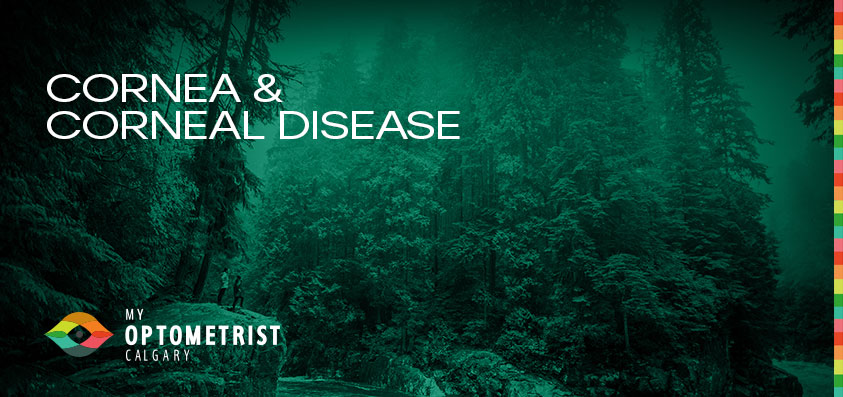

These include astigmatism, nearsightedness and farsightedness. During this process, light is bent by the cornea and lens to focus the light on the retina. After light hits the retina directly, it is converted into signals and sent to the brain. In people with refractive errors, the light does not bend or hit the retina in the right place, which results in imperfect vision for the patient.
Descemet’s Stripping Endothelial Keratoplasty (DSEK):
This procedure is also known as the sutureless corneal transplant. The doctor performs a partial corneal transplant of just the inner layers of the cornea. This procedure is preferred because of faster recovery times and a low risk of transplant rejection. It also eliminates the adverse effects of stitches. It is usually preferred for dystrophies that cause corneal swelling.
Phototherapeutic Keratectomy (PTK):
PTK uses an excimer laser to remove the damaged outer layers of the cornea, making tissue healing and growth possible. PTK also corrects and reshapes the stroma lens for better refraction of light. The biggest advantage of PTK is faster recovery compared to a corneal transplant.
Epithelium: The epithelium is an important barrier for foreign material, while at the same time allowing nutrients to enter the cornea. It is also connected to nerve endings, making it sensitive to pain.
Bowman’s layer: Directly beneath the epithelium, it is made up of a strong layer of fibrous tissue known as collagen.
Stroma: If your cornea were to be injured, this layer would protect it and form a scar as it heals. It is the thickest layer and is also made up of collagen and water. It not only provides protection, but also allows light to pass through its unique shape. LASIK and PRK procedures target this layer for vision correction.
Descemet’s membrane: Under the stroma is a membrane made of collagen that holds the stroma and endothelium together.
Endothelium: A thin layer that is constantly pumping fluid out of the stroma to keep the cornea clear and to prevent it from getting hazy. The cornea can recover from minor injuries because there are so many protective layers. However, if the endothelium is damaged, then a corneal transplant is required.
Connect With Us Today!
Our Eye Care Professionals are thrilled to serve the Calgary and Three Hills, Alberta area for over 35 years! With our main floor access, vast medical eye care services, and enhanced supplier choice and selection for frames, prescription eyeglass lenses and contact lenses, we've got you covered. Book an appointment online, come see us in person, or shop for your eye care products. Reach out today!